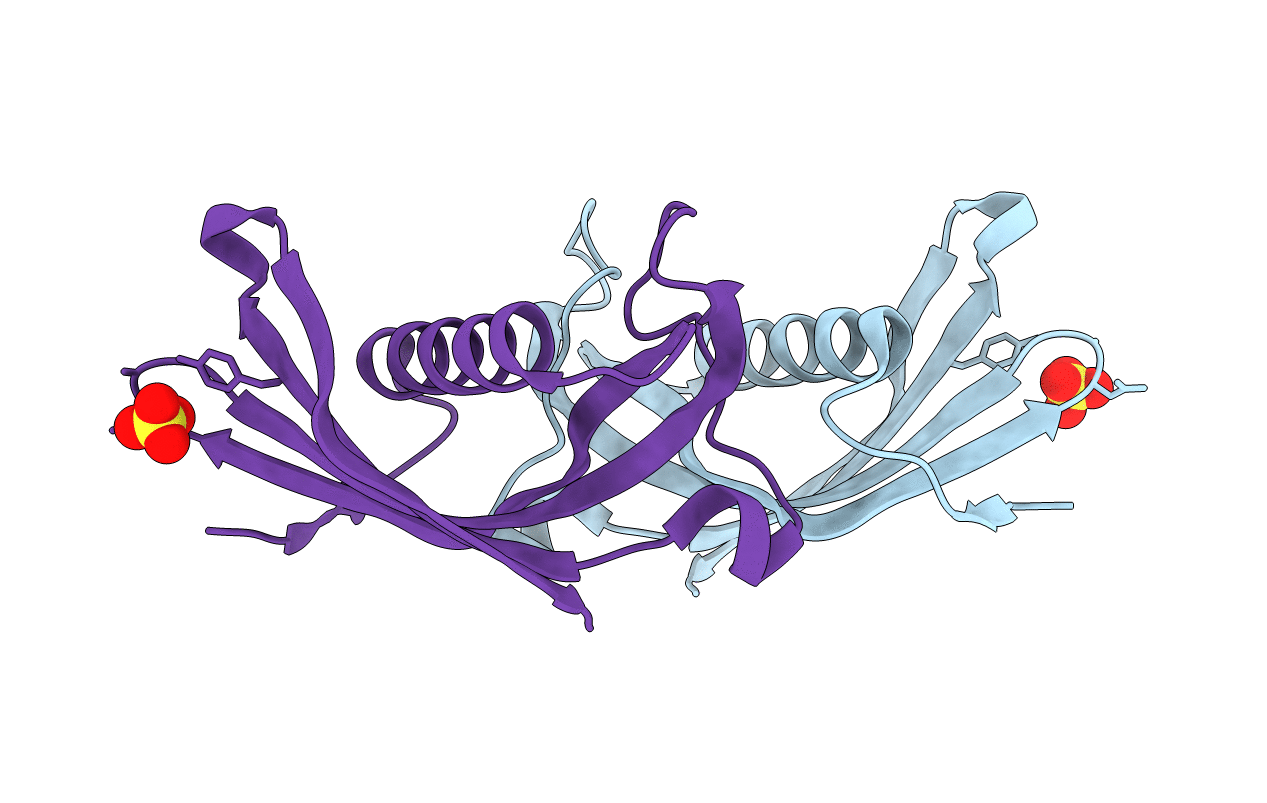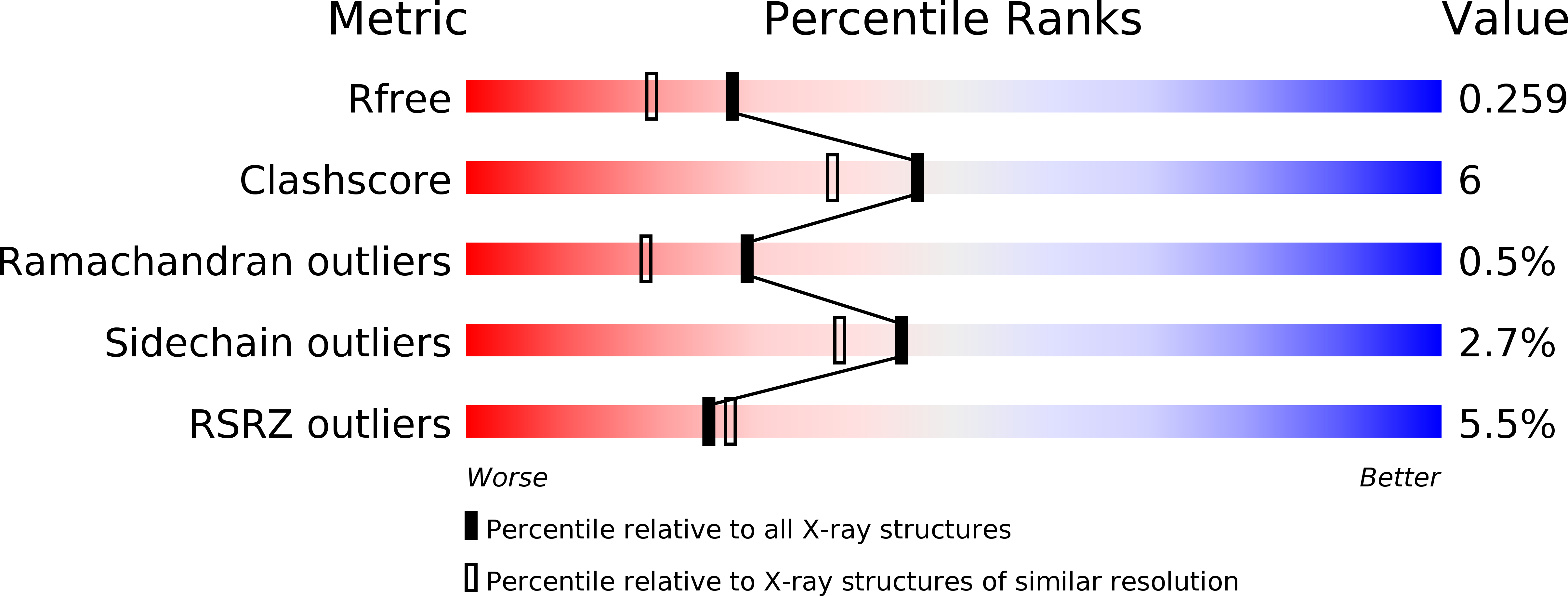
Deposition Date
2010-07-12
Release Date
2010-12-01
Last Version Date
2024-11-27
Entry Detail
PDB ID:
3NX0
Keywords:
Title:
Hinge-loop mutation can be used to control 3D domain swapping and amyloidogenesis of human cystatin C
Biological Source:
Source Organism:
Homo sapiens (Taxon ID: 9606)
Host Organism:
Method Details:
Experimental Method:
Resolution:
2.04 Å
R-Value Free:
0.22
R-Value Work:
0.17
R-Value Observed:
0.18
Space Group:
P 61


